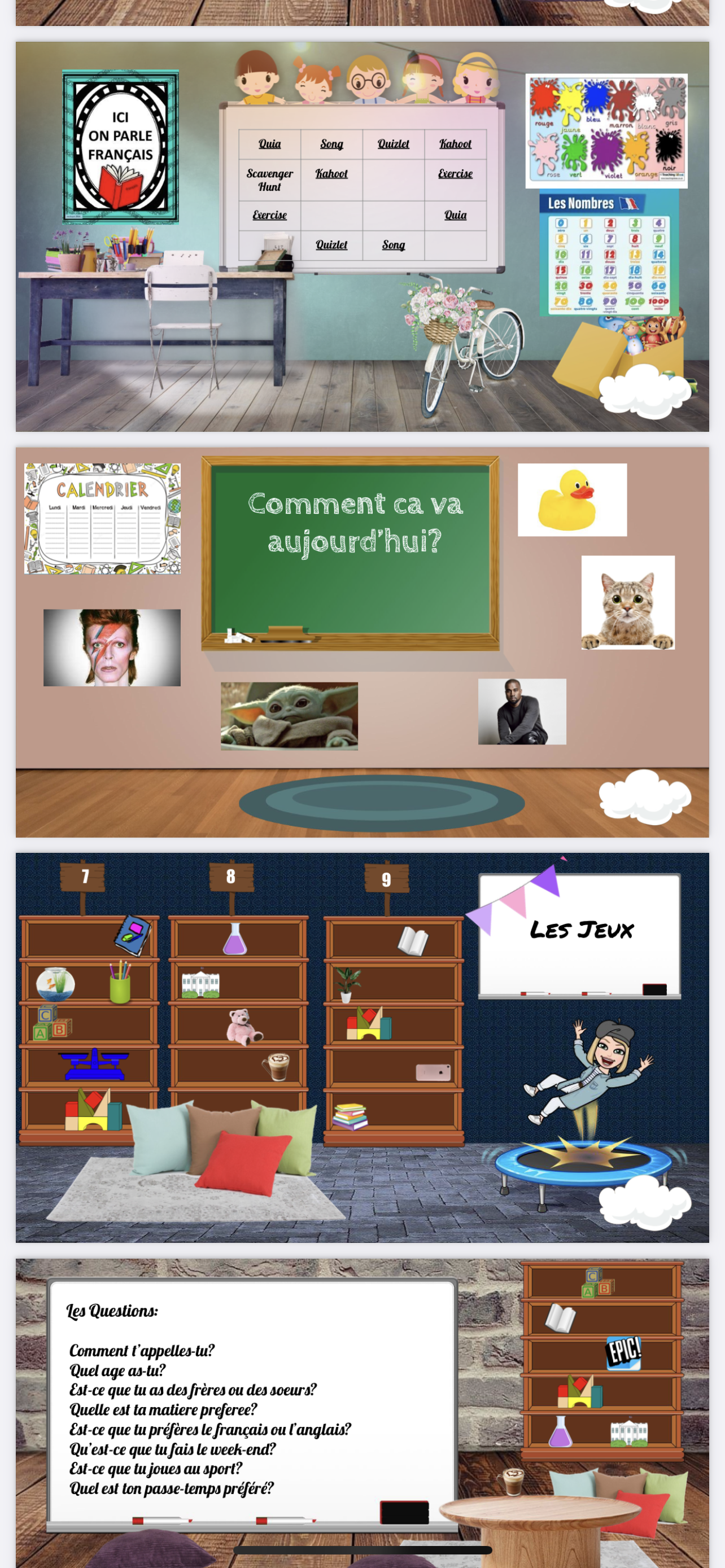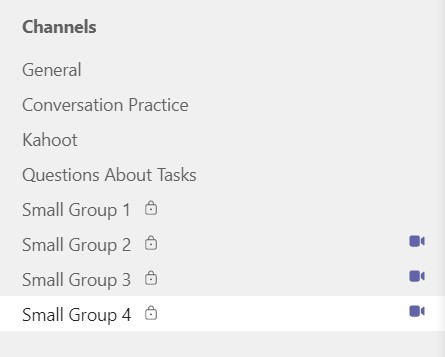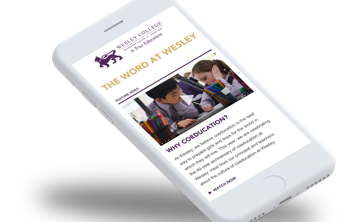It is no secret that remote learning has tried to take away from teachers the very reason many entered the profession - to connect with, support and inspire their students. Over the last year and a half, I have lost count of the number of times that I have doubted myself and my teaching. Just recently, seeing a drop in motivation in my students, I knew I needed to find a better way to connect. To figure out what they needed most.
I researched, read, spoke to other education professionals and those working in the area of mental health. I learnt of the effects of compounded trauma that have been brought on by six lockdowns. I reflected on my planning and the various ways I had tried to support my students, but still I could see something was missing. While my research provided important information about what my students were going through, it was missing one thing. The voice of my students. I created a list of questions that I wanted answers to. I refined them and then, I refined them again. What did I really need to know? What was the most valuable information that my students could give me? I came up with the following questions:
- What are you finding most difficult about remote learning?
- What do you want your teachers to do less of?
- What do you want your teachers to do more of?
- What is one thing you want your teachers to realise right now?
Click to see the full results.
My students’ responses were equal parts eye-opening and heart-breaking. Many reported feeling overwhelmed, overworked and disconnected. Their feedback inspired me to make the following changes to my remote teaching:
1. Streamline live lessons
It was clear through students’ feedback that they wanted more efficient live lessons where they could connect with the teacher, understand the content and tasks and then have time to complete work away from the live lesson. In order to achieve this, I created my very own Bitmoji classroom using Google Slides. I incorporated many of the different documents I would use in my live lessons, including links to different websites and videos. My virtual Bitmoji classroom has allowed me to streamline my live lessons by having all of my commonly used resources in one space. It has also provided support to my students by having scaffolded language in front of them when it comes time for them to contribute to the lesson.

2. Facilitate student-driven collaboration
To help students connect during asynchronous lessons, I created separate channels in our online Team for them to work on specific tasks together. Some examples are working through live worksheets, writing dialogues or completing tasks in our OneNote Collaborative Space. My students have reported that these small, self-directed groups have made tasks much more enjoyable.
3. Provide clear outlines and work expectations
During the first lockdown, the Language Faculty at Elsternwick created a clear template for outlining work to students. We committed to providing our students with a consistent outline: a starter activity, an activity to complete together, an independent task and an early finisher task. Building on this, we have ensured that tasks include a worked example of final products. This has helped to give our students an understanding of ‘what a good one might look like’.
4. Stop apologising
One of my biggest takeaways from students’ feedback was the student who insisted that teachers ‘keep being themselves’. I encourage all teachers to set an example for their students by not apologising for things that are out of our control. The endless background interruptions, the washing machine, the TV, your own children’s remote learning, your 4-year-old threatening to leave home with his teddy and Bombers footy underarm. I am making an effort to show my students that this is me in remote learning and I’m trying my best, just like all of them are.
Milica Savic is a Middle School teacher and MYP Faculty Coordinator of Languages at Elsternwick Campus.
